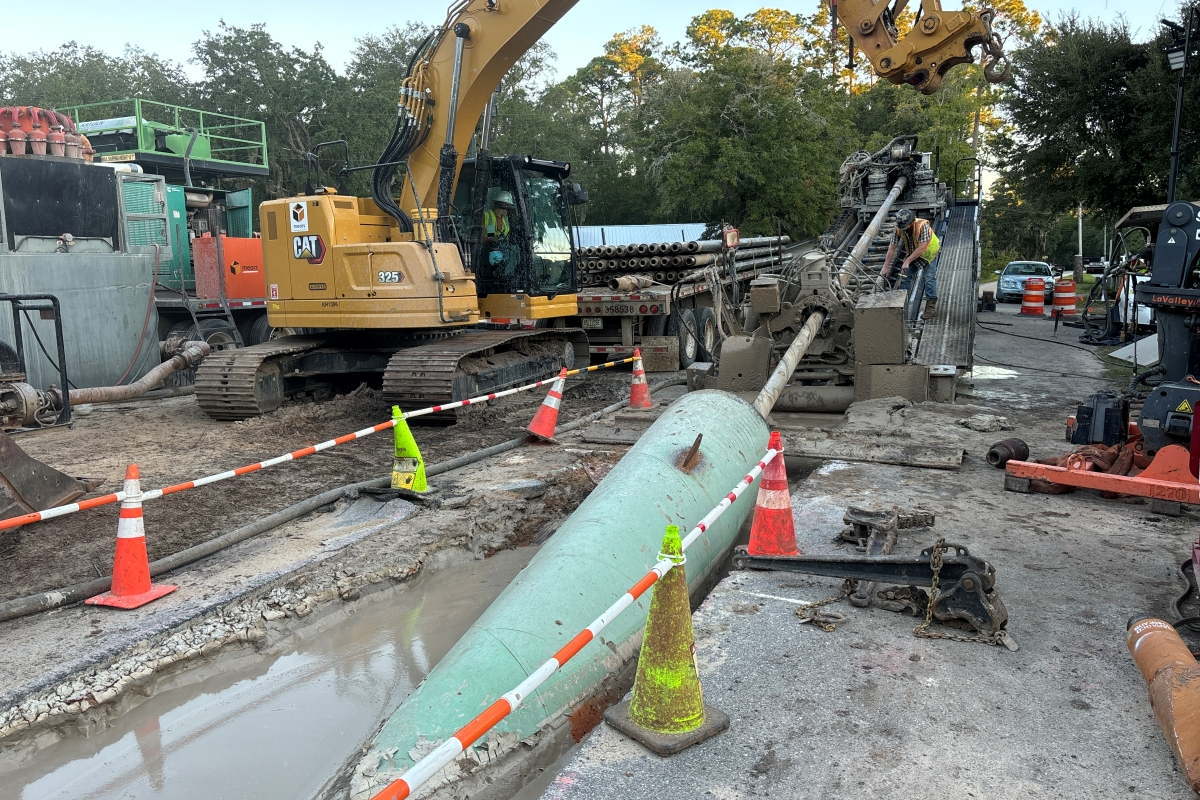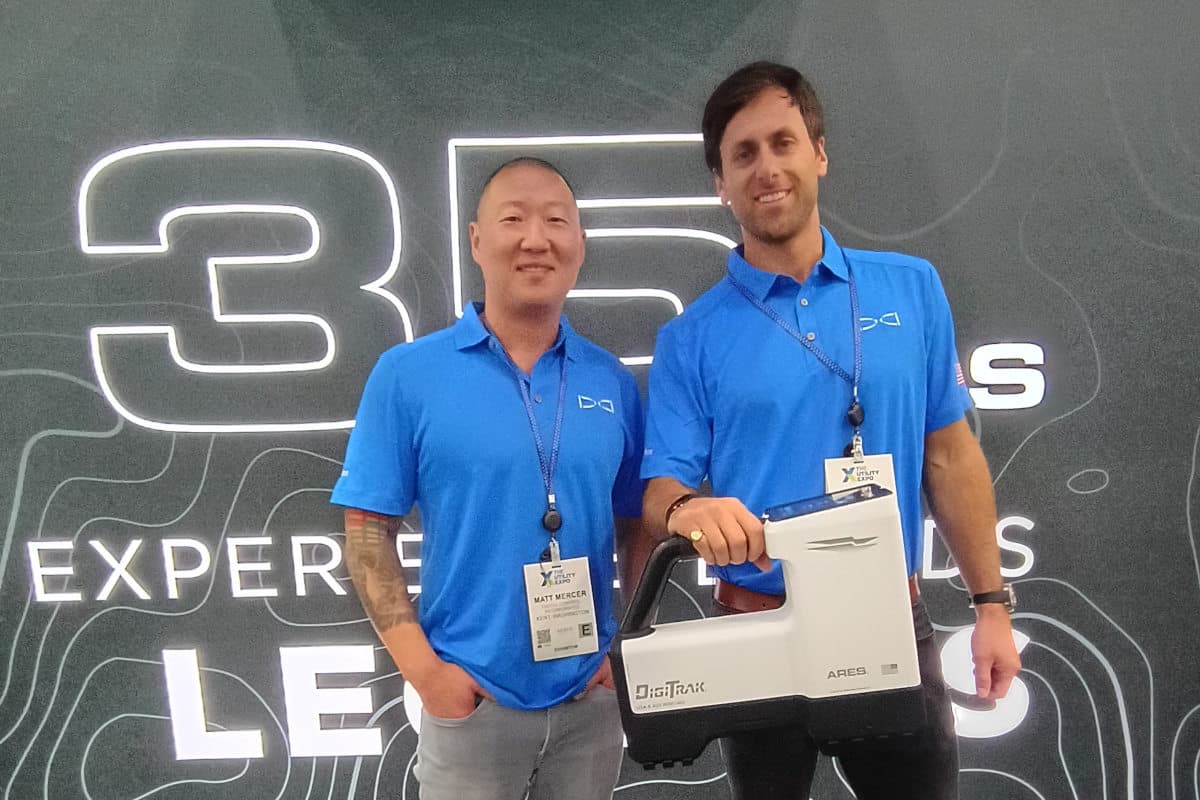
More Advocacy Needed for Large Tunnel and Storage Funding Despite Federal Infrastructure Bill
This story is the third, in a three-part series, from Wade Trim focusing on infrastructure funding. In our April issue, Wade Trim focused on funding that relates to sewer and water rehabilitation projects. The first story appeared in our March issue and provided an overview of the IIJA and ARPA.
The fanfare accompanying the passage of the $1.2-trillion Infrastructure Investment and Jobs Act (IIJA) might make you believe our industry’s dreams are coming true. After decades of clamor for increased investment in water and sewer infrastructure, the Federal government has pledged sustained funding over the next five years.
However, the industry needs to remain attentive in its advocacy to ensure IIJA funding is fully appropriated and longer-term solutions are secured, especially for large projects and programs in disadvantaged communities.
Water and sewer infrastructure remains underfunded in the FY 2022 budget relative to authorizations in the IIJA. Although State Revolving Loan funds (SRF) were authorized for up to $4.8 billion in FY 2022, only $2.7 billion was included in the final budget. Additionally, over $800 million was in the form of congressional earmarks, further diluting SRF capitalization to states. The much-anticipated sewer overflow and stormwater reuse grant program was also underfunded, receiving $43 million in FY 2022, a fraction of the $280 million authorized in the IIJA.
This underfunding exacerbates the critical issue of balancing the long-deferred costs of major long-term control plans with rate affordability. These issues are most acute in regions from New England through the Great Lakes, where combined sewers abound due to the age of urban areas, and system customer bases have declined with fading 20th-century industries. Already facing rising operations costs and underfunded pensions, utilities will soon receive additional scrutiny over the affordability of water and sewer rates, especially those with disadvantaged populations.
Two major evolving policy initiatives were unveiled by EPA in early 2022. The first was the IIJA Implementation Memo issued on March 9, which outlined a renewed focus on prioritizing disadvantaged communities in EPA policy and encouraged states to revise SRF policies accordingly.
The second initiative was a demonstration of a revised financial capability assessment framework to help policymakers identify and prioritize investments in rate-burdened communities. Both policies will lead states to consider changes to their SRF program rules. Florida recently approved administrative rule changes to its SRF program, and the Michigan legislature is currently considering similar modifications.
Despite the focus on this issue by EPA and the Biden Administration, Congress has not formulated adequate policy to solve the problem. The issue stands to be further aggravated if annual budget appropriations do not meet the amounts authorized in the IIJA.
Fortunately, utility leaders are contributing to the conversation.
In March, the CEO of the Northeast Ohio Regional Sewer District (NEORSD), Kyle Dreyfuss-Wells, provided testimony to the U.S. Senate Committee on Environment and Public Works on the importance of sustained, increased funding for clean water. She cited the $200-million Shoreline Storage Tunnel project as a recent beneficiary of the SRF program. Although NEORSD benefits from a strong financial position and access to quality revenue bonds, SRF is a key resource for funding its capital activities.
The changing interest rate environment may also provide a tailwind for SRF demand. With the Federal Reserve projecting six rate hikes for 2022, and consensus that rates will reach the 3.0 percent range by 2024, municipal bond rates will increase.
While investor demand for municipal bonds will remain strong, the rising rates should increase interest in the sub-market rates offered by SRF, which may now offer negative interest rates and grants in addition to principal forgiveness.
We are also watching how the Buy America, Build America (BABA) components of the IIJA will evolve, as well as proposed changes to Davis-Bacon Prevailing Wage rules.

While project owners who have utilized SRF funding should be quite familiar with the American Iron and Steel (AIS) provisions that have applied to SRF for more than a decade, the new BABA requirements would include many manufactured components not previously covered in AIS. Proposed Davis-Bacon rules would expand the definition of laborers and operators subject to prevailing wage coverage to include those within the supply chain. Currently in public comment, contractors and engineers should be aware of the potential impact of this new rulemaking on their operations.
The American Rescue Plan Act (ARPA) has been hailed as a lifeline to water and sewer systems, but direct funding for local governments has provided limited impact for large-scale system needs.
Many communities, especially those with severe economic challenges, have struggled to balance infrastructure spending with significant community development and social needs created by the COVID-19 pandemic. At best, available funding allows communities facing long-term compliance challenges to make a small down payment on future needs.
ARPA has been more impactful through large water funding proposals at the state level.
In Michigan, the Senate passed a $3.3 billion water bill in 2021 utilizing the State’s ARPA allocation. Unfortunately, budget negotiations with the Michigan House resulted in a smaller $1.9 billion appropriation in the final version signed by Gov. Gretchen Whitmer.
In Georgia, a committee formed by Governor Brian Kemp awarded over $422 million to 116 projects across the state in February. In Florida, the second round of a new Wastewater Grant program is anticipated this summer, with $125 million available.
States must also consider ways to fund their unique water and sewer challenges, which vary widely across the nation.
Wade Trim is currently working on a microtunnel sewer relief project along the Bronx River for the New York City Department of Environmental Protection that will be constructed with SRF funding. This project is one component of more than $24 billion of clean water capital improvements anticipated by the City in the next 10 years. New York Gov. Kathy Hochul is proposing major water and sewer investments with $500 million for clean water initiatives and a $4 billion Environmental Bond Act proposal hitting the ballot box later this year. The bond would be a strong complement to the State’s Clean Water SRF program, which currently has a $10 billion waiting list.
With design and construction activity reaching heights not seen in decades, those of us in the industry can be excused for taking a victory lap on news of increased infrastructure spending. Our greatest challenges over the next five years will likely focus on meeting talent, labor and material demands, with price escalation remaining a concern for the foreseeable future. However, we must remain strong advocates for water and sewer funding that meets the lofty expectations set by state and federal regulatory agencies.
Wayne Hofmann is the client funding director for Wade Trim. Rory Ball, P.E., is a senior project manager for Wade Trim.




